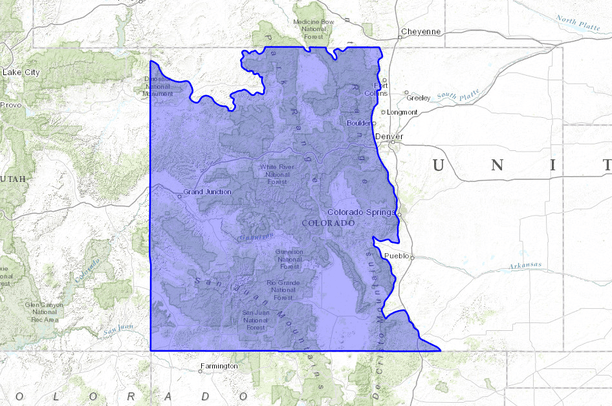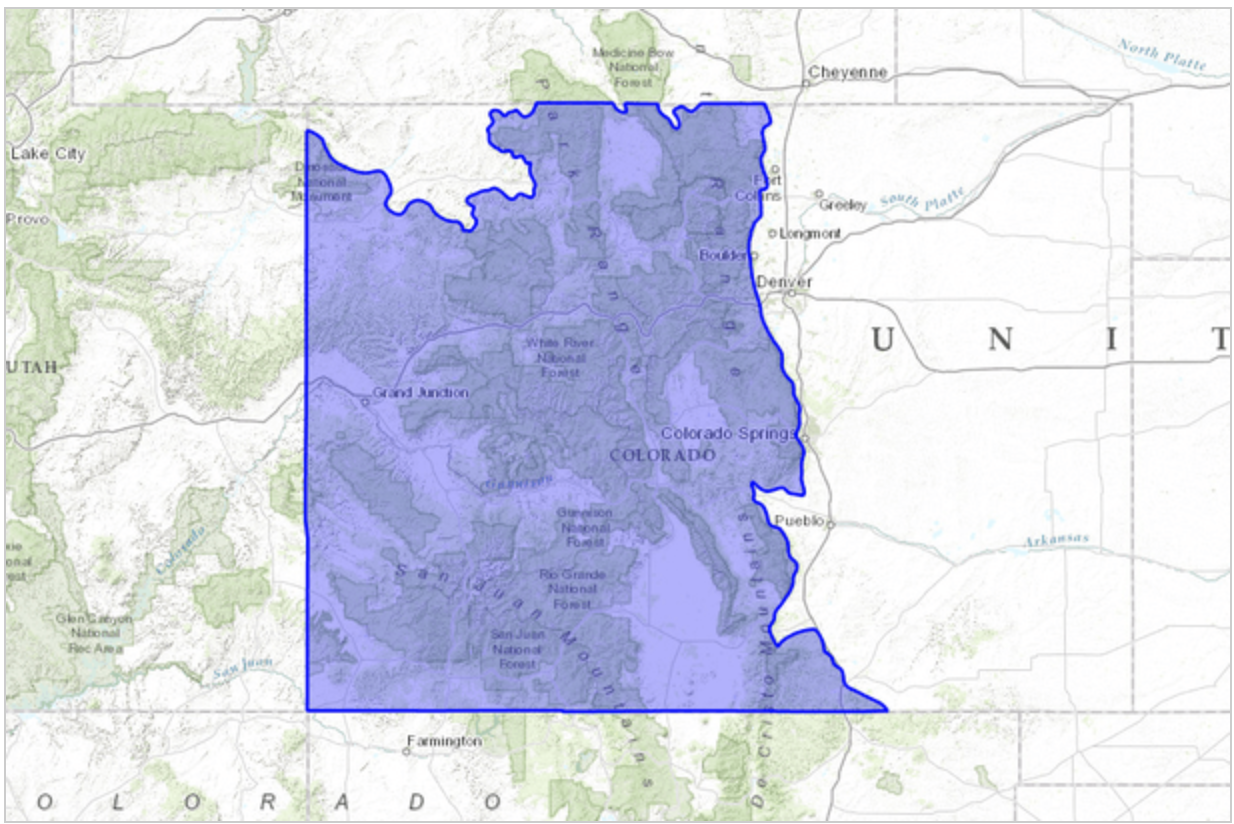By Braden Stevens
When on the topic, it is not uncommon for someone to harbor the thought that algae has to do with the ocean. While this is true, the power of these photosynthesizers can be shown most notably in wetlands and other land-based waterways via oversaturation. This ‘oversaturation,’ or nutrient overload, is capable of wiping out entire bodies of water, and even larger ecosystem function. It’s even a threat to you.
The process of exponentially growing an algae bloom is called eutrophication. Although more primary producers may seem like a positive at first, it’s what this bloom does to the surrounding environment that can be so harmful, and it is this danger toward which we as a people should be wary. These blooms grow over the surface of the water until it is completely covered. This locks other plants and animals in the water and inhibits light from the sun from reaching them, as well as sucking almost all nutrients, most notably oxygen, from the area. Yang Xiao-e in a 2008 paper to the U.S. National Library of Medicine, cited farmlands as the number one cause of nutrient enrichment with fertilizer runoff as the biggest contributor. Later in the article, they continue about farmland, using research from 2002 suggesting that phosphorus is one of the most volatile nutrients in the formation of algal blooms. Phosphorus is, of course, one of the main ingredients within many fertilizers and plant treatments. The article also points to nitrogen, and some other trace elements, nearly all of which can be found within cattle and similar livestock’s manure.

Courtesy of Data Basin
This is where our own county comes in, as Boulder and neighboring cities are located within a large watershed and Boulder itself is situated within a valley. This is important for two main reasons. As previously mentioned, farmland runoff is the largest known perpetrator of nutrient saturation, and Boulder is no stranger to both agricultural and livestock farms, both of which can supply waterways with the conditions needed for an algae bloom. With such heavy runoff flowing right through our own backyard, any nearby wetlands (area in purple in the image above) or local bodies of water are subject to eutrophication. This could mean a decline in local wildlife and an eventual ecosystem collapse. The walk through campus, or even your favorite park, could be spoiled by a thin layer of algae.
Although this may not seem to be an immediate threat, Appendix G of the 2019 Statewide Comprehensive Outdoor Recreation Plan released by Colorado Parks and Wildlife shares that over 50% of Colorado’s wetlands have been eliminated since first settled in 1865. Despite recent legislation that makes wetland protection difficult, focusing on future mitigation as well as restoration can ensure that we achieve a no-net-loss future and that the beauty of this state can continue to be preserved. If you are stuck asking yourself, “What can I do?”, one of the best courses of action is to stay informed. Legislation on the local and national scale have changed recently, and contributing to those decisions by staying well informed or voting can make a difference. If interested in donating, the Colorado Parks and Wildlife have a site, as well as the Colorado Wetland Information Center under the Colorado Natural Heritage Program.

